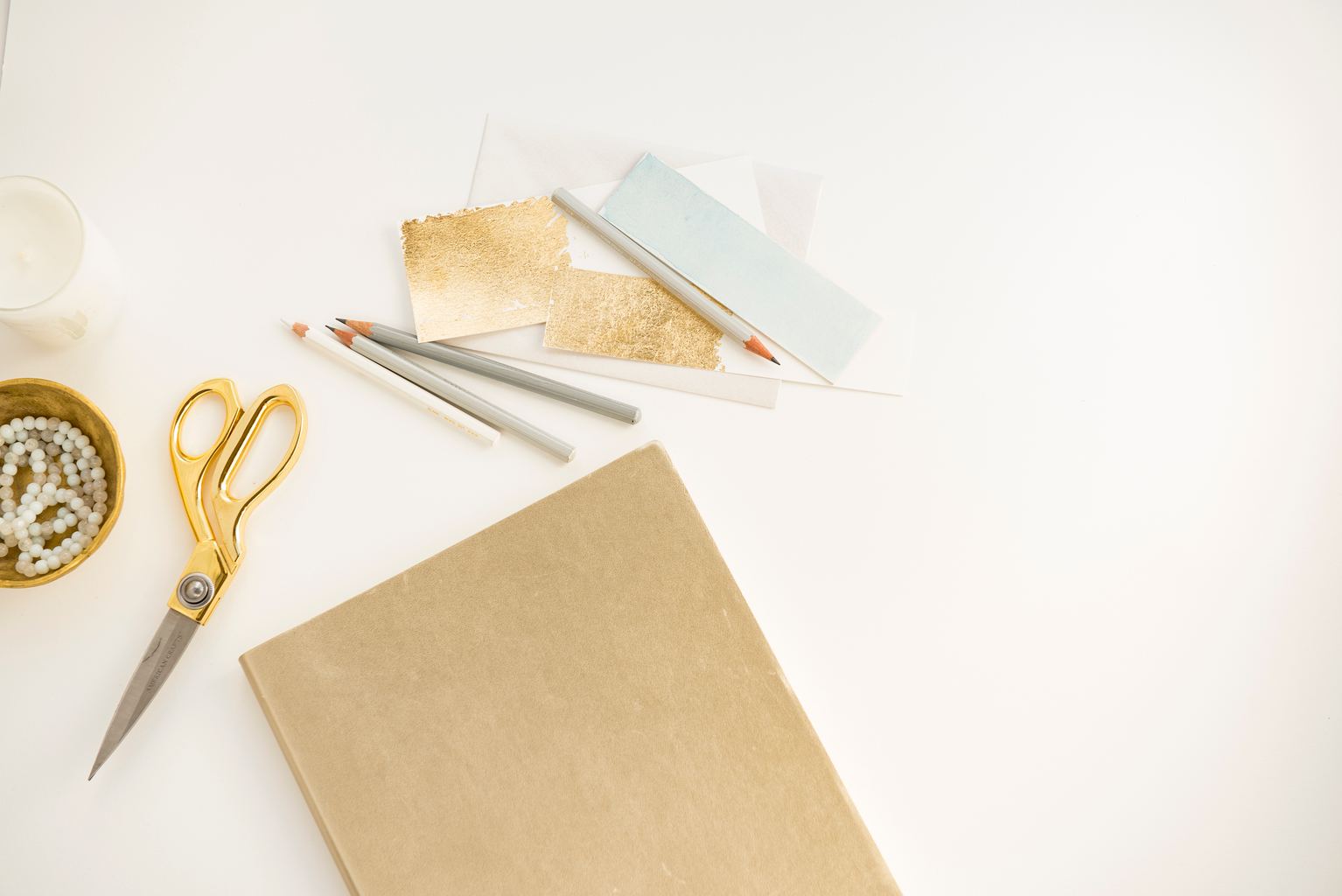Today I bring you a very manual article. I am going to tell you step by step how to make your own reflectors at home and, also, with a surprise. It's very easy, you need very simple materials and you don't need to be a very skilled person to do it. It's easy, easy.
WHAT IS A REFLECTOR AND WHAT IS IT USED FOR?
But before getting into the matter, I'd better explain what a reflector is and what it's for.
A reflector is a surface that reflects light, adding more light to a subject or filling in annoying shadows. It serves as a second light source.
If you want to know more about this photographic accessory , here you can see that it is not only a matter of professionals.
WHAT DO YOU NEED?
These are the materials you need to make your reflectors:
- Cartons: two consistent cartons of the size you want, I'm going to make them 50cm in diameter, which is what the black and white cartons give me. You can also use a thin but consistent cork sheet .
- White cardboard , or continuous white paper.
- Black cardboard.
- Silver paper.
- gold paper. I didn't know it when I bought it, but the gold on the back is silver, so with that roll it would have served me for both. In case you want to ask before buying more ? .
- Glue: you can use the glue you want, I have tested with three types of glue and the truth is that the best one has worked for me has been the glue stick. But for tastes... as if you manage with double-sided tape.
- Cutter and scissors.
- Pencil or marker.
- Thin rope (optional). The rope is to mark the circle. If you have another way to do it great, I made a homemade compass with it and the pencil.
As you can see, you will have all this at home, surely you will only have to buy the paper and cardboard. And get some cards. I have taken advantage of the ones that came with a car seat.
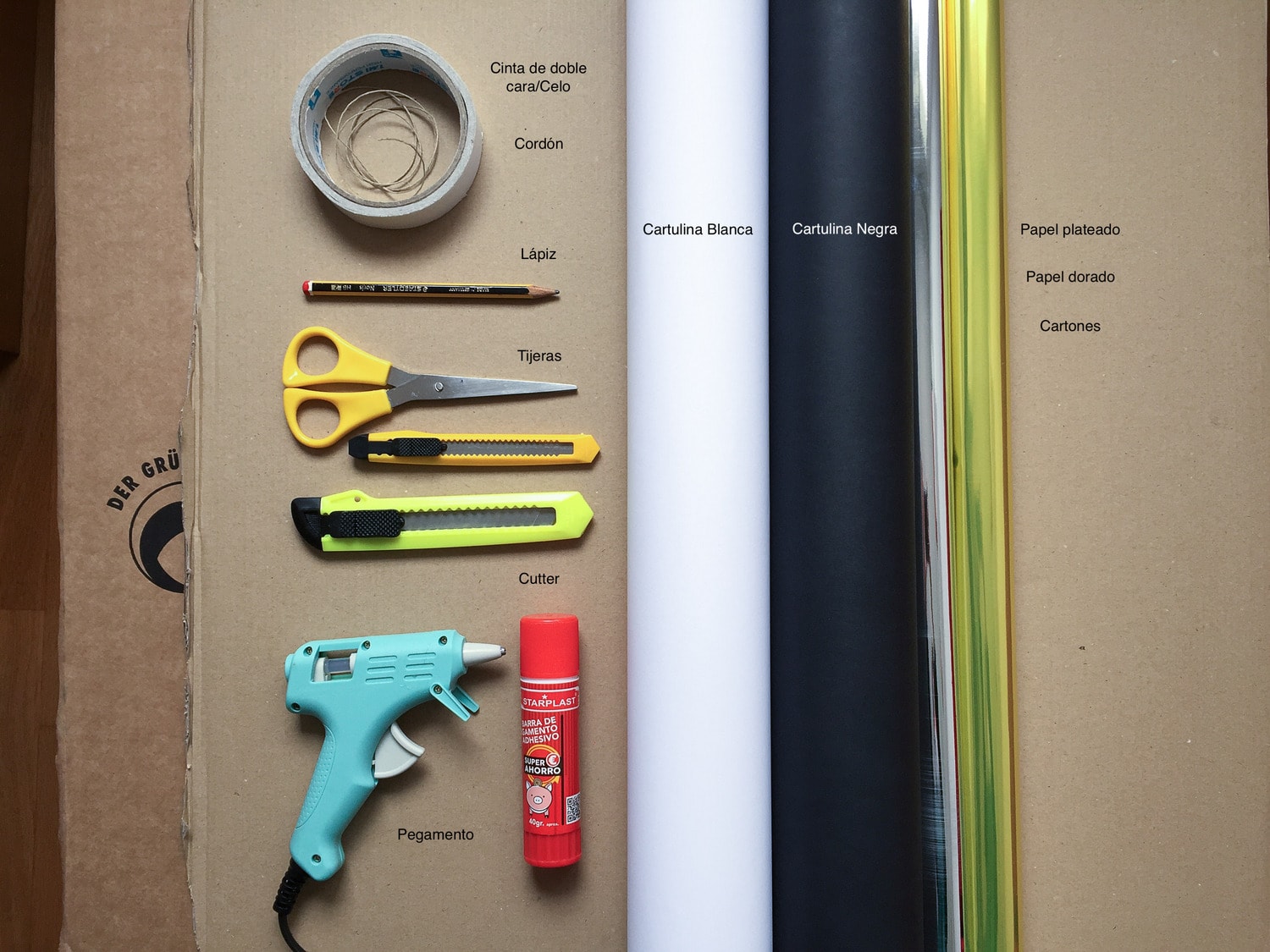
HOW TO DO IT?
Let's see step by step how to make the reflectors:
1. MARK THE CIRCLE
Mark with the pencil on the cardboard the circle (or the shape you want for your reflector) to the size you have chosen. These are 50cm in diameter and I have used, as I told you before, a rope to make a homemade compass.
You can use a mold or the same system, whatever you prefer.
2. CUT OUT THE CARDBOARD
The best thing is to cut it with a cutter, being careful not to cut yourself, yes ?
3. COPY THE PATTERN AND CUT
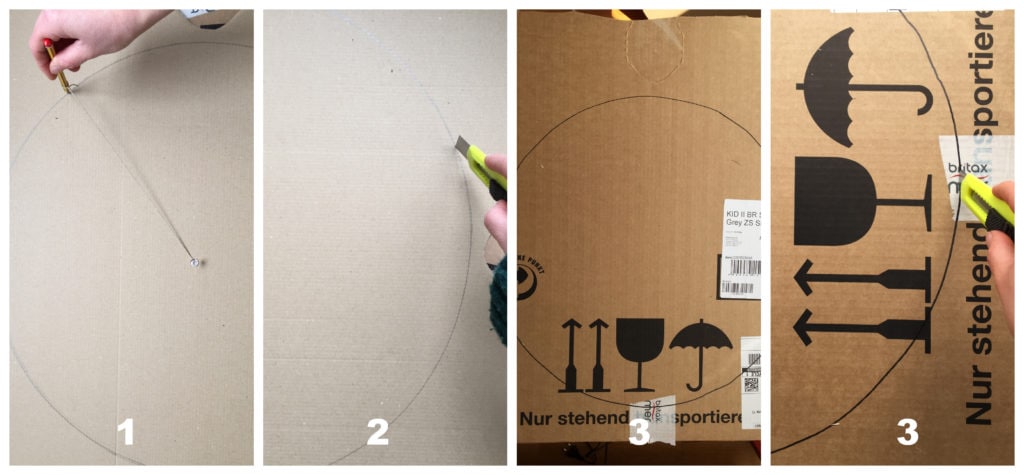
Once you have cut out a cardboard, you can use it as a template for the next one. Put it on the other cardboard, mark with a pencil or marker and cut again with the cutter. You already have your two cardboard circles (or the shape you have chosen)
4. GLUE ONE SIDE
Make sure you get the entire surface of the glue well, especially the center and edges. As I was saying, you can use whatever glue you prefer. I have tried three types and I prefer the comfort and the results of the glue stick.
5. PASTE THE REFLECTIVE PAPER
Spread out on a flat surface (table, floor, etc.) the paper you want to start with, for example, the white card. And put the cardboard on top of the side that you have smeared with glue.
Press well so that it sticks everywhere, if you want you can turn it over and go over the entire surface with a cloth or napkin so that the edges stick well.
6. TRIM THE EXCESS PART
With a cutter, cut out everything that is left over from the cardboard. Another option that I have tried is to first cut out the cardboard and then glue, but it gives worse results (see image below of the finished reflector and the arrows), unless you have managed to mark and cut a perfectly perfect circle on both the cardboard and the cardboard or reflective paper.
7. REPEAT OPERATION ON THE BACK
Now smear the part that has been left free of the cardboard with glue again. I remind you to insist on the edges. Extend the black cardboard and paste on it the cardboard that you just smeared with glue. Remember to go over the surface with a cloth, pressing gently to make sure it sticks well.
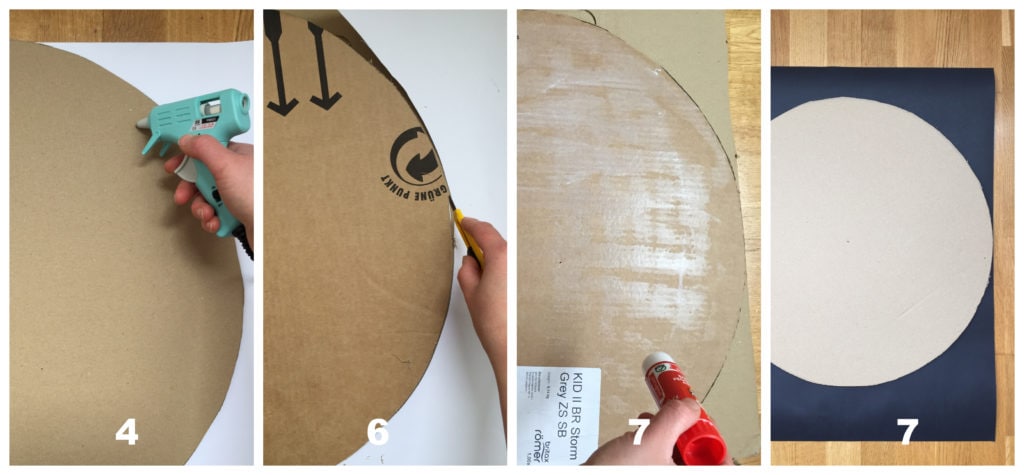
You already have a reflector that is white on the one hand and black on the other. Black is not a reflector, but it is included in the reflector kits for the opposite effect, blocking the light when necessary.
As I was saying, I put arrows so you can see what I meant by cutting first and then pasting that gives worse results. It is better to remove the excess edges with the cutter once glued.
Optionally, you can cover with tape or tape to make sure the edges don't come unstuck. The bottom left arrow points to a test I did.
For now I've preferred to leave them like this, if later I see that the glue stick wasn't good enough, I'll apply the tape or an electrical tape ? .
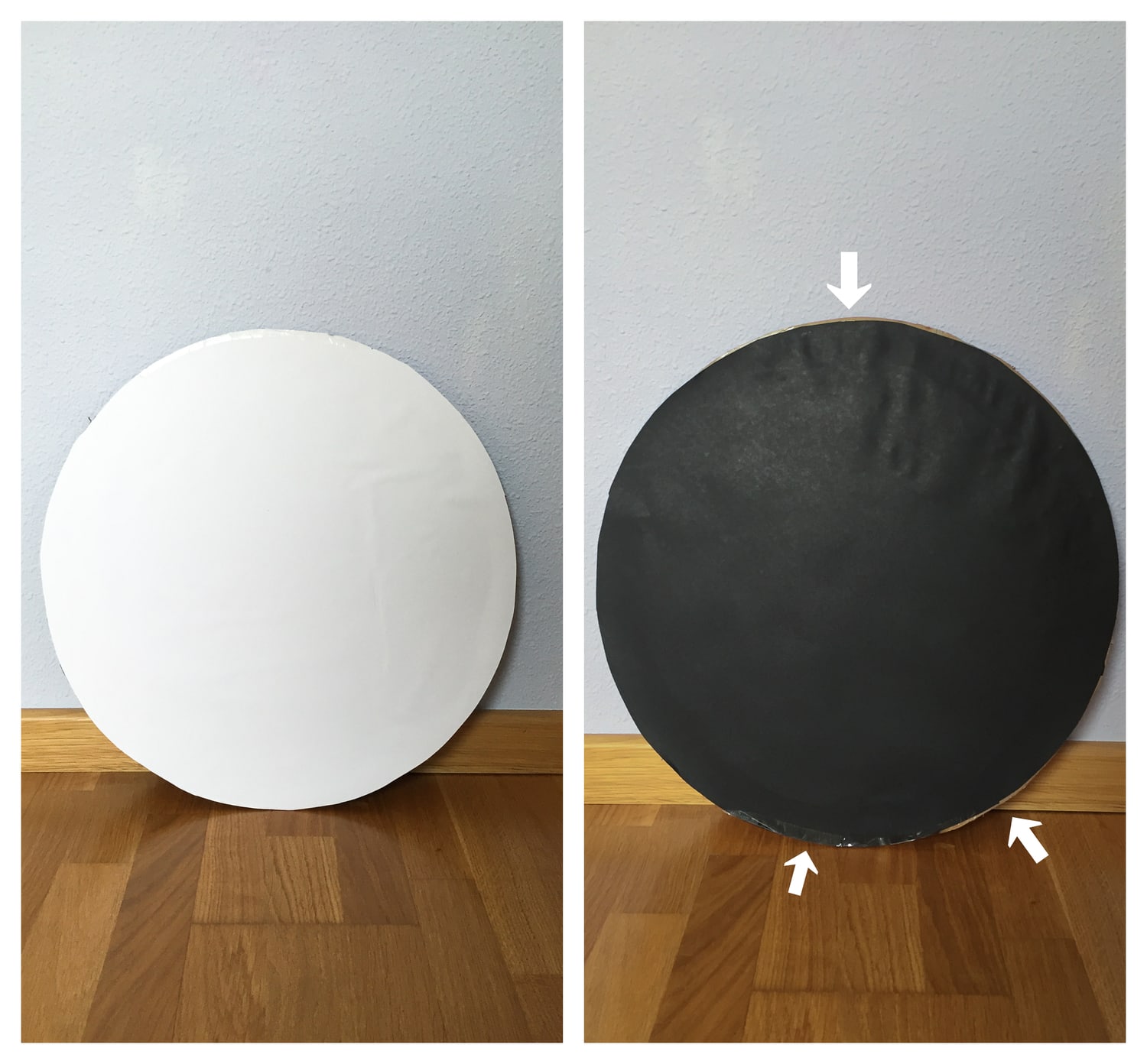
8. REPEAT PREVIOUS STEPS
Now, with the other cardboard, repeat the same operation, on one side with the silver reflector and on the other with the gold reflector.
And you already have them! Try to spread the paper well because it is usually very thin and tends to wrinkle as you see in silver. Try to remove them by passing a cloth over them. Although it is not a serious problem ? .
10. SURPRISE
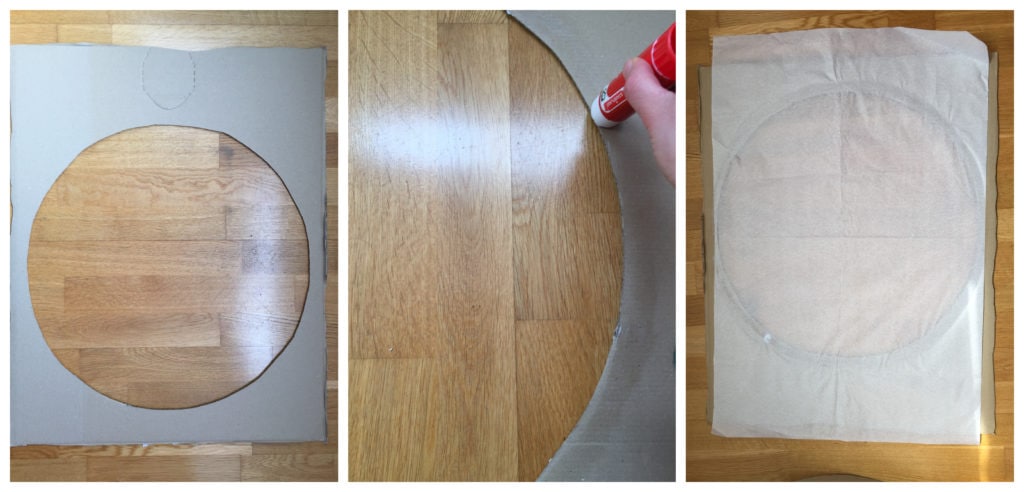
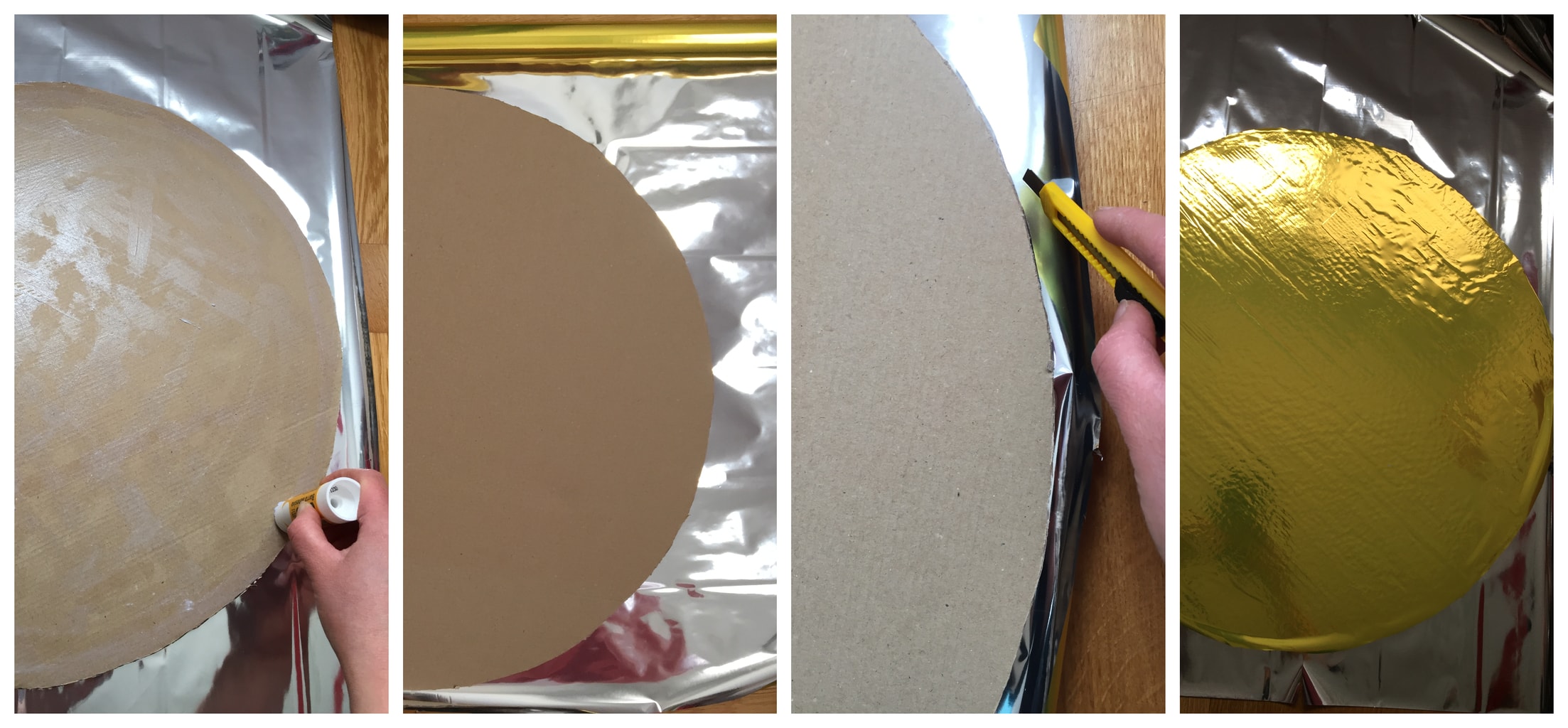
And the surprise that I promised you in the title. I have to admit that it was accidental, but with the cardboard that I have left over from cutting out the circle I have realized that I could make a diffuser.
For this, I have used white tissue paper (which I already had at home but which I would have loved to buy). I have put glue on the edges of the circle, I have glued the tissue paper spreading it well and I have put a bit of tape on one section because, as it was unforeseen, I had not measured and it was very tight.
Finally, I have cut the excess paper with the cutter. And voila! I already have my diffuser. In addition, I have taken advantage of the fact that it had a slit as a handle to lift the box and that is how it helps me to hold the diffuser.
If you are more of a perfectionist, you have time and feel like it, you can paint the cardboard white, it will certainly be more presentable and beautiful. It will also reflect light ? .
HOW DO THEY WORK?
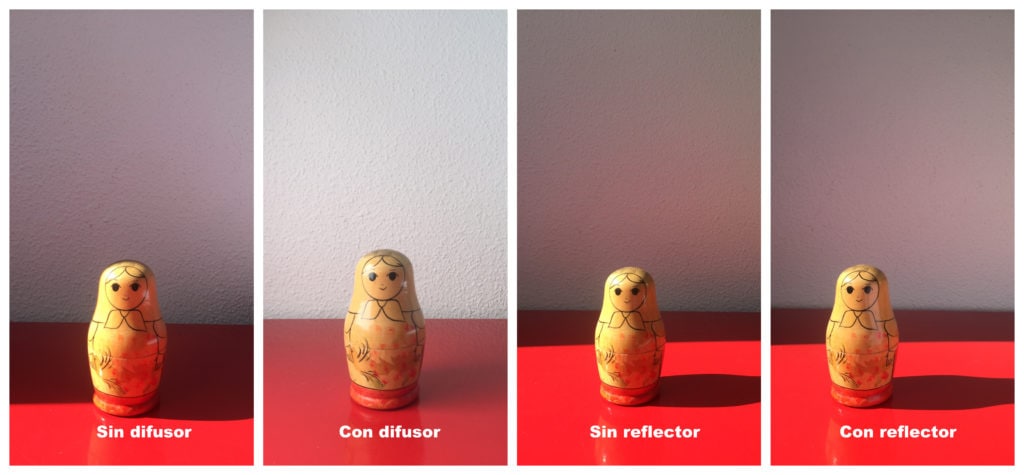
So that you can see what they can do, I give you some examples:
Yes, it is the same place, at the same time. The only difference was in the use or not of diffuser or reflector. It's worth trying, right?
AND WHY DO IT IF YOU CAN BUY IT?
Indeed, it can be bought and, in addition, it is a fairly cheap accessory. So why make it at home? Well, there are several reasons:
- The good thing about making the reflectors yourself is that you can make them any size or shape you want.
- You will have an entertaining time.
- You will have the satisfaction of having made them yourself. That is priceless, however imperfect it may be.
- What may seem very cheap to some may not be so cheap to others. So another reason is economic.
- It can save you from trouble, if you need them and don't have time to buy them, you can always make the reflectors yourself.
The downside of making them at home is that they don't fold like the ones you buy, they are flexible and can be folded, put in a cover and take up very little.
And well... if you don't have time to make your reflectors, you prefer the convenience of keeping them folded or for whatever reason, and you decide to buy them, you can always resort to ordering them with a single click ;).
I hope this tutorial has been useful to you. If so, I am going to ask you the favor of sharing it on your favorite social network. Maybe one of your contacts is waiting to be enlightened ? . Thanks and see you soon!

